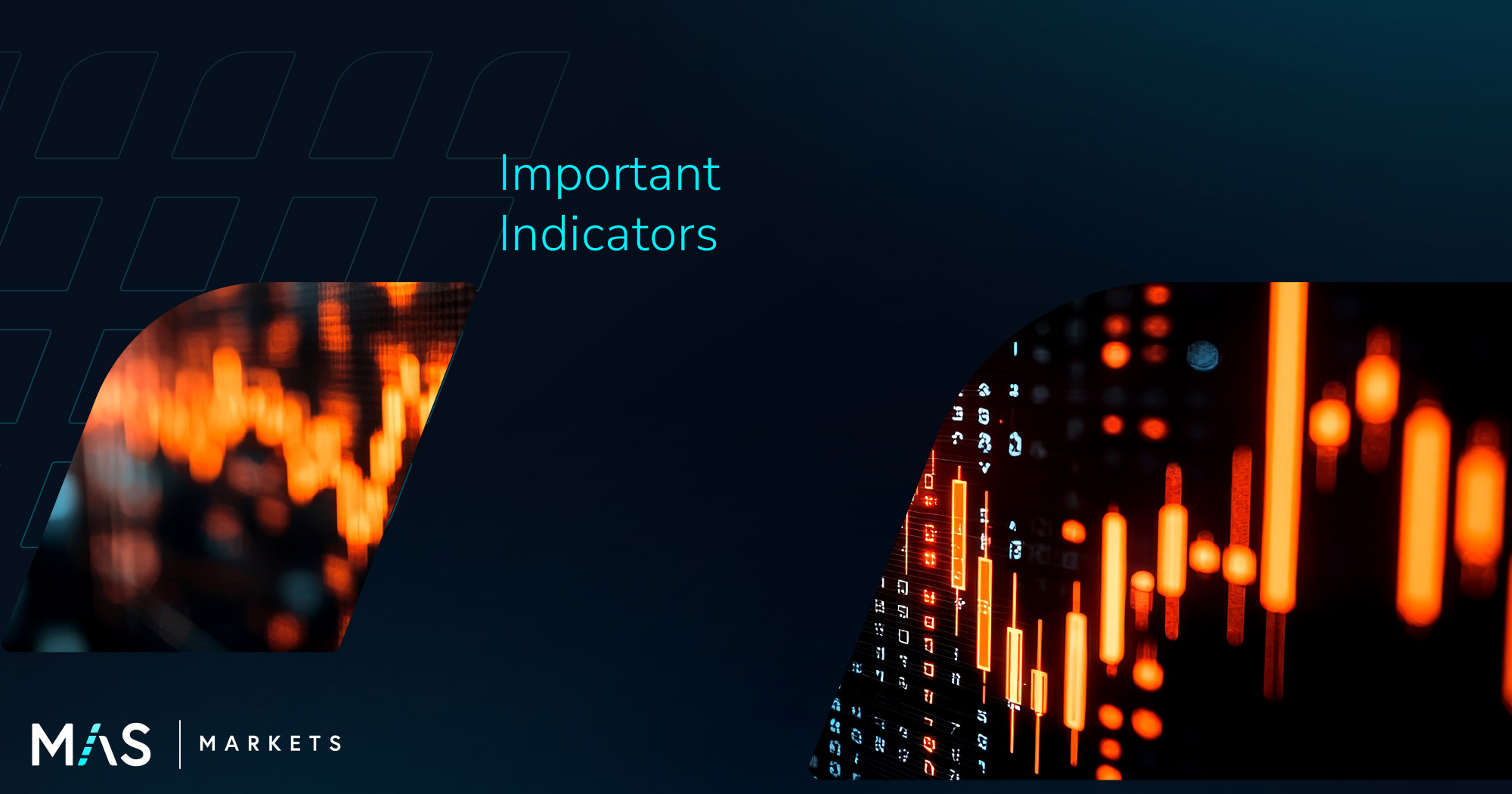But underneath the glare of those marquee data points lies a quieter set of indicators—figures that rarely make the evening news yet tell us more about the world’s true economic heartbeat. They are the “hidden numbers”: overlooked, understated, and sometimes misunderstood, but critical to understanding where global growth is headed next.
This week’s economic calendar is packed with examples of these stealth indicators. From China’s fixed asset investment to South Africa’s inflation expectations, these numbers may not go viral on social media, but they whisper the real story of our interconnected economy.
China’s Fixed Asset Investment: The Canary in the Coal Mine
GDP growth is China’s headline figure, but Fixed Asset Investment (FAI) tells the deeper story. In August, FAI slowed to just 0.5% year-on-year, down from 1.6%. For a country that once built entire cities overnight, this number is alarmingly low.
FAI tracks investment in factories, railways, and infrastructure—pillars of China’s old growth model. Weakness here doesn’t just mean fewer skyscrapers or bridges; it signals waning confidence in long-term demand and profitability. When construction falters, steel, copper, and energy demand falter with it, sending ripples across global commodity markets.
Add to this China’s House Price Index (-2.5% YoY), and the picture becomes starker. Real estate is the primary store of wealth for Chinese households. Falling property values hit consumer confidence and spending, dragging down retail sales (3.4% YoY, softer than forecast).
Global implication: A slowing China translates into lower commodity prices, weaker demand for German machinery, and a deflationary undertow that reshapes central bank strategies from London to Washington.
India’s Wholesale Price Index: A Supply-Side Story
When people talk about Indian inflation, they almost always cite the Consumer Price Index. Yet the Wholesale Price Index (WPI) offers a sharper lens into supply-side dynamics.
In August, WPI inflation ticked up to 0.52% YoY from -0.58%, led by manufacturing prices (+2.55%) and modest food price growth (+0.21%). Meanwhile, fuel prices dropped (-3.17%). This cocktail suggests upstream costs are stabilizing even as consumers enjoy relative price relief.
Why does this matter? Because WPI serves as an early warning signal for global supply chains. Rising wholesale costs eventually flow into export prices, and India’s exports matter more than ever as multinationals diversify supply chains away from China.
Global implication: Watch WPI, not CPI, if you want to understand whether India is ready to scale as the world’s next manufacturing hub.
Turkey’s Auto Boom: A Surprising Bright Spot
Turkey rarely makes headlines for positive economic surprises. Analysts focus on inflation, currency volatility, and unorthodox central bank policy. But hidden in this week’s releases was a stunning number: auto production surged 37% YoY in August.
For an economy often seen as fragile, this kind of industrial resilience is striking. It reflects robust external demand, particularly from Europe, and shows Turkey’s manufacturing base remains competitive despite political and financial turbulence.
Paired with a budget surplus of TRY96.7 billion, Turkey’s economy looks more balanced than the lira’s volatility suggests.
Global implication: Turkey is a manufacturing and logistics bridge between Europe and Asia. Strong auto production signals healthier cross-border demand and supply chains than headlines imply.
South Africa’s Inflation Expectations: Small Number, Big Signal
In South Africa, the Q3 Inflation Expectations Survey came in at 4.2%, almost unchanged from last quarter. To most observers, that looks like a nonevent. But expectations are everything in monetary policy.
If households and businesses expect inflation to spiral, they demand higher wages and raise prices preemptively, creating a self-fulfilling cycle. Anchored expectations mean the central bank retains credibility, even in a fragile economy.
Global implication: Stable expectations in South Africa reassure investors across African frontier markets that inflation won’t destabilize debt dynamics, helping capital flow into the continent at a time when global liquidity is tightening.
Canada’s Manufacturing Sales: A Proxy for U.S. Demand
Canada’s economy is often viewed through the lens of oil. But this week’s manufacturing sales (+1.8% MoM in July) and wholesale sales (+1.3%) carry broader weight. With nearly 75% of Canadian exports destined for the U.S., these figures act as a proxy for American consumer demand.
If Canada’s factories are humming, it usually means U.S. households are still spending. And as global growth slows, the resilience of the U.S. consumer remains one of the last props under the world economy.
Global implication: Ignore the oil sands for a moment. It’s Canada’s factory output that quietly validates—or challenges—the U.S. consumption story.
South Korea’s Export Prices: The Early Warning System
Few economies are as trade-sensitive as South Korea’s. That makes its export (-4.3% YoY) and import (-5.9% YoY) price indices an underappreciated crystal ball.
Falling export prices suggest weak global demand, especially in technology products like semiconductors. Declining import prices point to cheaper commodities, energy, and inputs. Together, they signal a world economy under pressure from both sides: slower consumption and softer input costs.
Global implication: Korea’s trade prices are one of the earliest warning indicators of global economic downturns.
The Bigger Picture
While headlines will continue to focus on central bank speeches, bond auctions, and headline inflation, the real story of global health often hides in plain sight.
China’s property slump, India’s wholesale inflation, Turkey’s auto boom, South Africa’s inflation psychology, Canada’s factory sales, and Korea’s trade prices—each may look parochial at first glance. But taken together, they are the early tremors that signal global shifts long before the world’s major indicators flash red.
For those who look beyond the headlines, these hidden numbers are less about noise and more about foresight.
